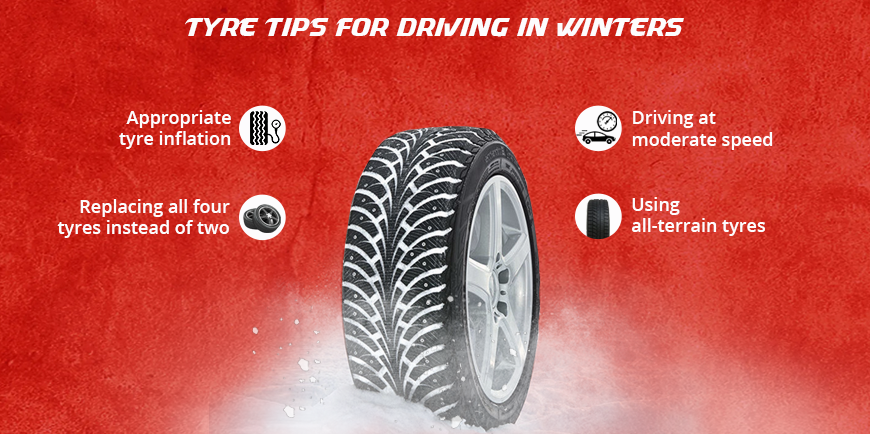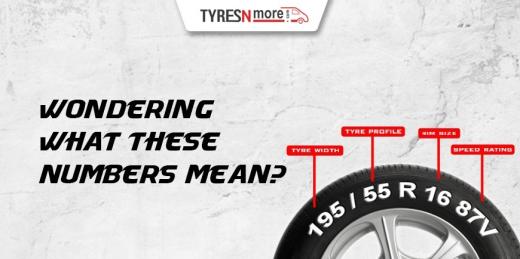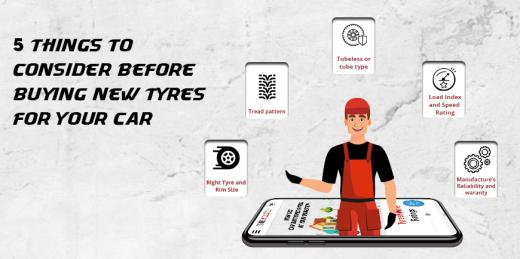
Tyre rubber can become hard in cold temperatures, preventing them from having a confident grip and control, often resulting in mishaps.
Winter can be the favourite season for many but is not favourable enough to support driving. Low temperatures can not only be problematic for engines but could also come hard on tyres as they are the most exposed to those harsh chills.
During winters, the molecules of the tyre’s rubber contract and make it hard. This toughness then prevents the tyre from getting adequate grip and braking, hence, making the drive a little risky.
So, here are some handy tips to make our driving in winters safe and sound.
Driving at moderate speed
As tyres are cold and hard at low temperatures, you should not speed up your car, especially at the beginning of your drive. Go easy and gently on acceleration and let the tyres take time to warm up.
Once they are warm enough, they would go to their original state and start providing you with adequate grip and braking.
Using All Terrain Tyres, chains for better grip on snow
For those who live in areas where high rainfall or snowfall is a common scene, it is best to get winter or snow tyres for better performance. Unfortunately, these tyres are rarely available in India.
So, in this case, all-terrain are the right tyres that can give an adequate performance on snowy tracks. These tyres feature a unique block-type tread design that practically evades water from underneath, as well as, gripping the snowy and muddy surface relatively well.
Secondly, for effectively navigating through snowy surfaces, you can wrap chains on the tyres. It will provide a confident grip and help push the vehicle forward easily.
Appropriate tyre inflation
Air pressure inside the tyre decreases by a couple of psi during cold weather. This drop in the tyre pressure raises the width of the tyre contact patch and subsequently increases the rate of wearing. The impact will be more on vehicles that commute regularly in hilly regions where the temperature often falls to single-digit during winters.
The second drawback is the reduction of fuel efficiency. So, the tyre pressure must be checked weekly for getting maximum performance.
Replacing all the four tyres instead of two
It's a bitter fact that many of us choose cost-cutting over safety. When it comes to tyre replacement, we often choose to replace either the front ones or the rear ones.
Here is what can go wrong with this setup. In case of new tyres installed on the front axle, you may get a confident grip, but if your rear tyres are worn out then the vehicle can slide sideways, especially over snowy and damp surfaces.
In the case of new tyres installed at the rear, the old tyres at the front will not respond to steering feedback and properly change direction. So, it is always better and safe to replace all four tyres.
Tyres are the frontline soldiers and the first layer of defence against extreme weather. So, they need proper care and attention for delivering their best and keep you safe.













